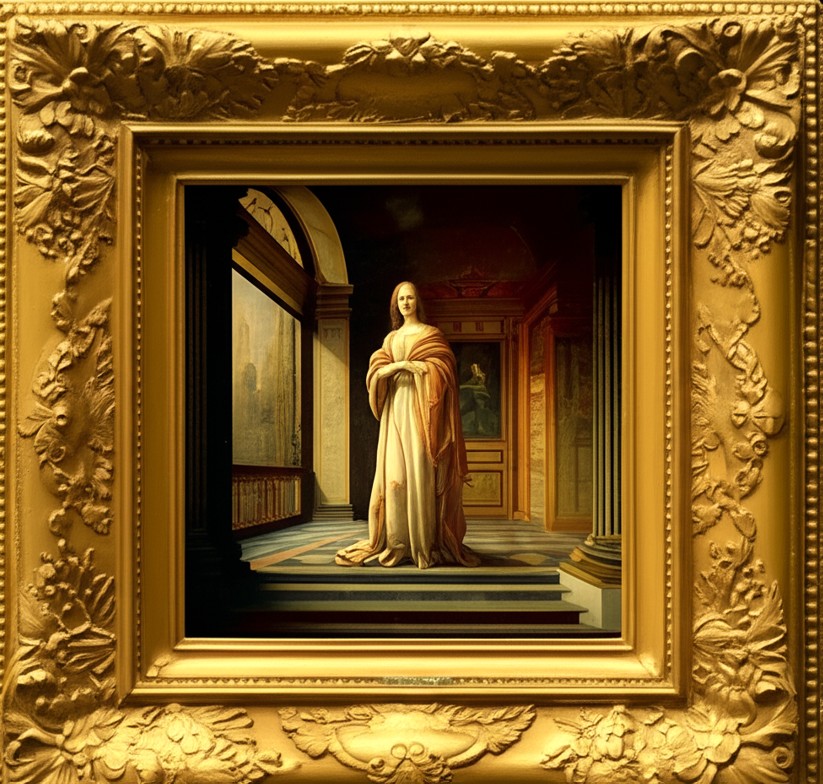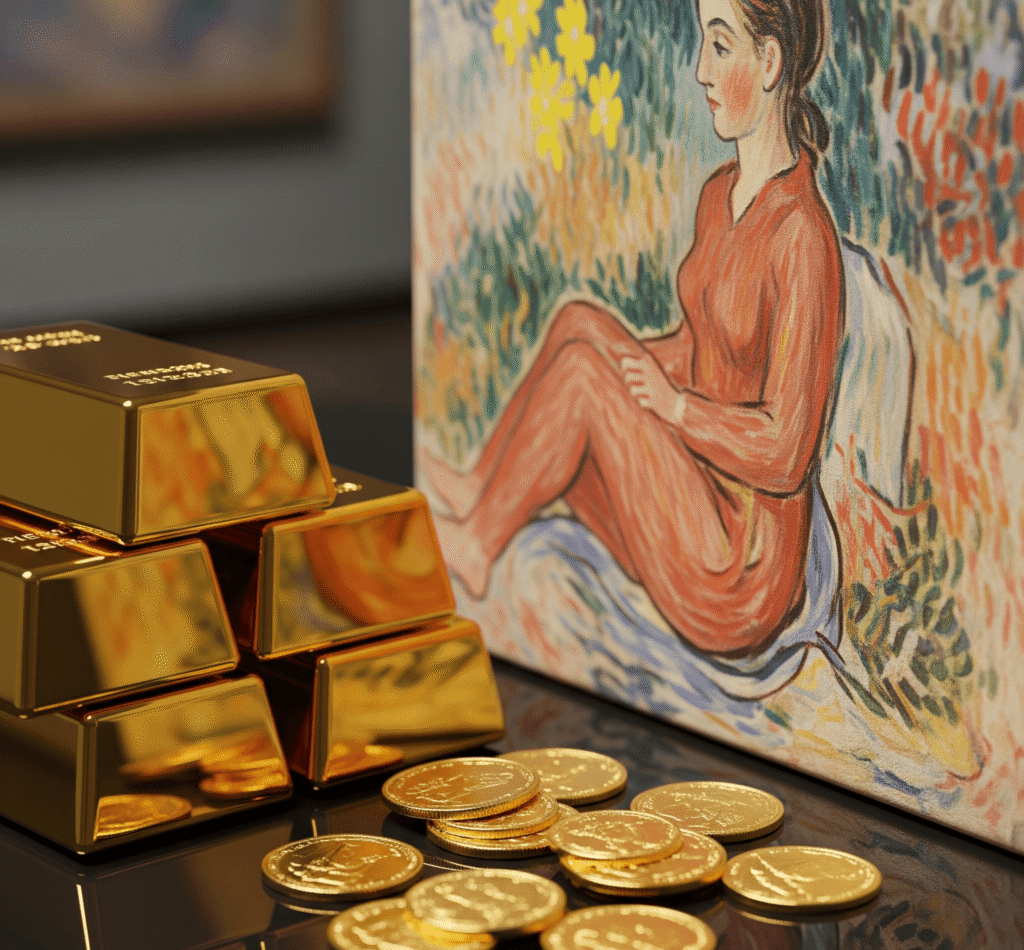The World’s Most Prestigious Art Galleries and Their Priceless Collections
Introduction
Art has always held a mirror to human civilization—reflecting its glories, revolutions, tragedies, and transcendence. Across centuries, some of the greatest masterpieces have found a home in the world’s most prestigious art galleries. These institutions are more than just museums; they are cultural sanctuaries that protect, preserve, and present the priceless collections of global art heritage.
In this blog post, we’ll take a journey through the most prestigious art galleries in the world, explore their historical significance, highlight iconic masterpieces they house, and understand their impact on both artists and audiences.
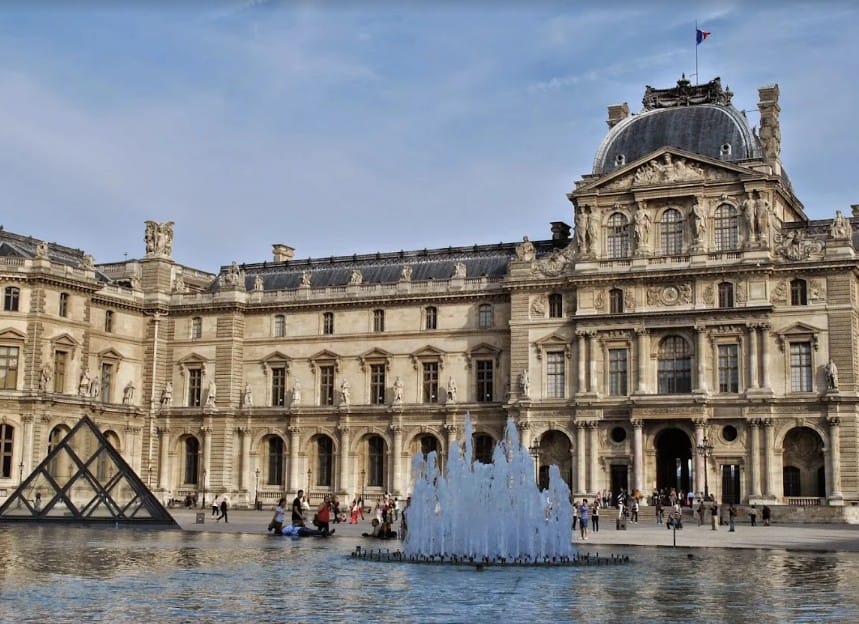
1. The Louvre Museum – Paris, France
No list of prestigious art galleries is complete without the Louvre, the largest and arguably the most famous art museum in the world. Once a royal palace, the Louvre became a public museum in 1793 and now holds over 480,000 works, including some of the most celebrated pieces in history.
Must-See Masterpieces:
- Mona Lisa by Leonardo da Vinci
- Liberty Leading the People by Eugène Delacroix
- The Coronation of Napoleon by Jacques-Louis David
The Louvre’s collections span from ancient civilizations to 19th-century Europe, drawing millions of visitors annually who queue up just for a glimpse of da Vinci’s enigmatic smile.
🔗 Official Louvre Museum Website
2. The Metropolitan Museum of Art – New York, USA
Known as “The Met”, this iconic American institution boasts more than two million works of art that represent 5,000 years of global culture. Opened in 1870, The Met continues to shape how the world views Western and non-Western art traditions.
Highlights of The Met:
- Washington Crossing the Delaware by Emanuel Leutze
- Madonna and Child by Duccio
- Egyptian Temple of Dendur
The Met’s breadth—from classical antiquities to modern American art—makes it a cultural melting pot reflecting New York’s spirit.
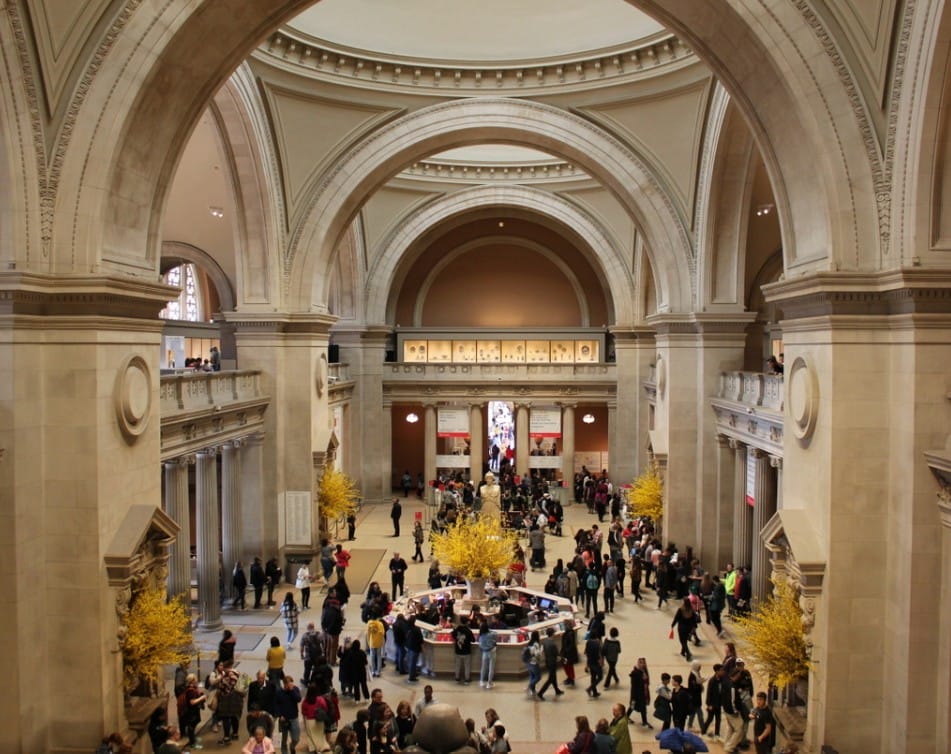
3. The Uffizi Gallery – Florence, Italy
Nestled in the heart of the Renaissance city, Florence, the Uffizi Gallery is a living tribute to Italy’s golden age of art. Built in the 16th century, it holds an unparalleled collection of Italian Renaissance masterpieces.
Must-See Artworks:
- The Birth of Venus by Sandro Botticelli
- Annunciation by Leonardo da Vinci
- Medusa by Caravaggio
Every corridor in Uffizi breathes the genius of artists who shaped Western visual language.
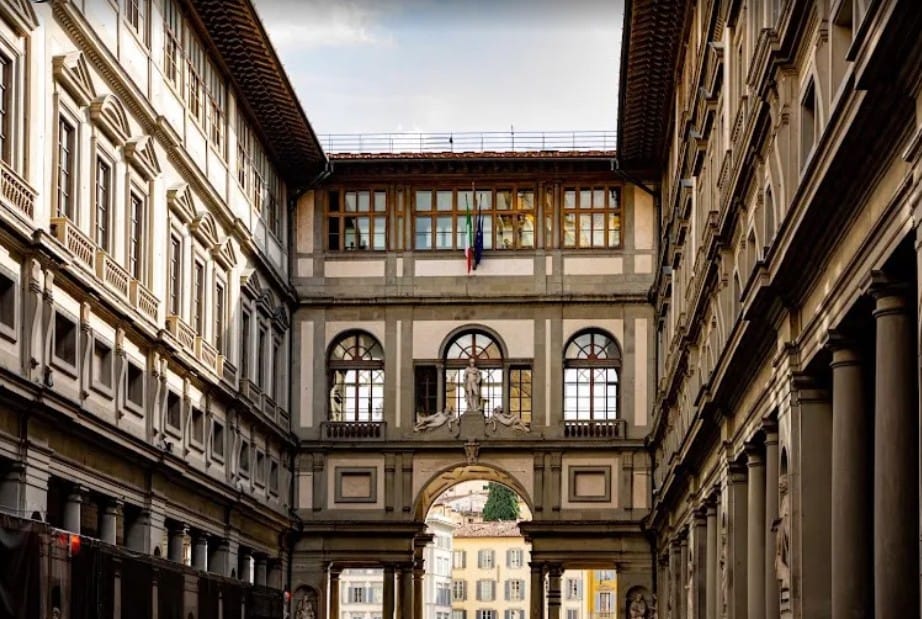
4. The Prado Museum – Madrid, Spain
Spain’s most important art institution, the Prado Museum, is home to one of the finest collections of European art from the 12th to the early 20th century. It particularly excels in Spanish masters and classical paintings.
Highlights Include:
- Las Meninas by Diego Velázquez
- The Garden of Earthly Delights by Hieronymus Bosch
- The Third of May 1808 by Francisco Goya
The Prado is a haven for lovers of Baroque, Neoclassical, and Romantic-era art.
🔗 Museo del Prado – Official Site
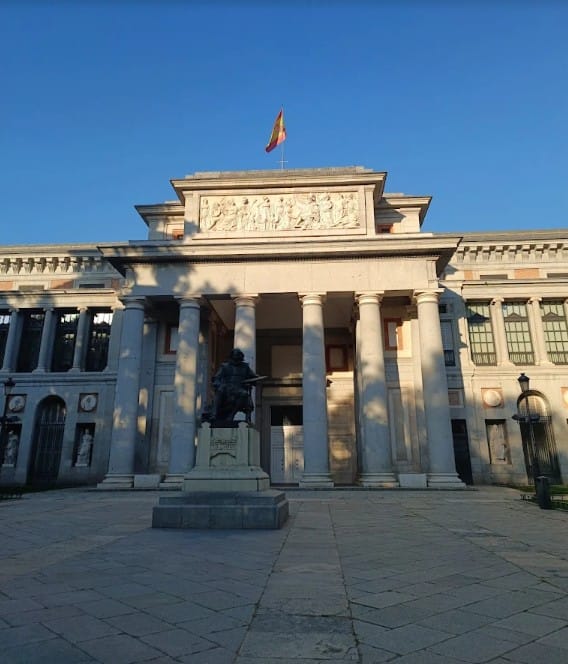
5. The State Hermitage Museum – St. Petersburg, Russia
Founded by Catherine the Great in 1764, the State Hermitage is the second-largest art museum in the world. It houses more than 3 million items, including an extensive range of Eastern and Western art.
Must-See Works:
- The Return of the Prodigal Son by Rembrandt
- Madonna Litta attributed to Leonardo da Vinci
- Peacock Clock – an 18th-century mechanical marvel
The Hermitage is spread across six historic buildings, with the Winter Palace as its magnificent centerpiece.
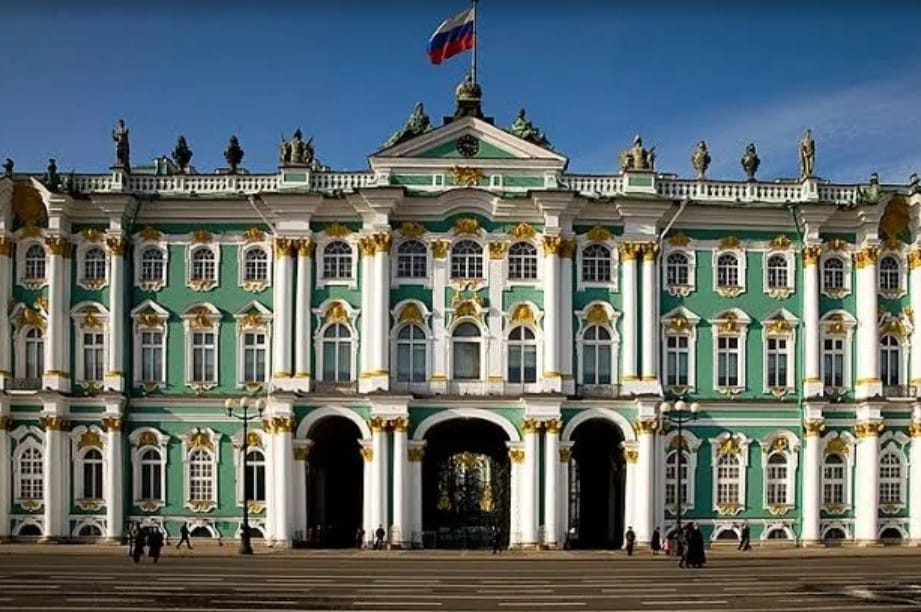
6. Tate Modern – London, UK
For lovers of modern and contemporary art, Tate Modern is a spiritual mecca. Housed in a former power station on the banks of the Thames, the gallery showcases trailblazing works from the 1900s to today.
Notable Artworks:
- Weeping Woman by Pablo Picasso
- Fountain by Marcel Duchamp (replica)
- Infinity Mirror Room by Yayoi Kusama
Tate Modern’s curated exhibitions and installations redefine how art interacts with public consciousness.
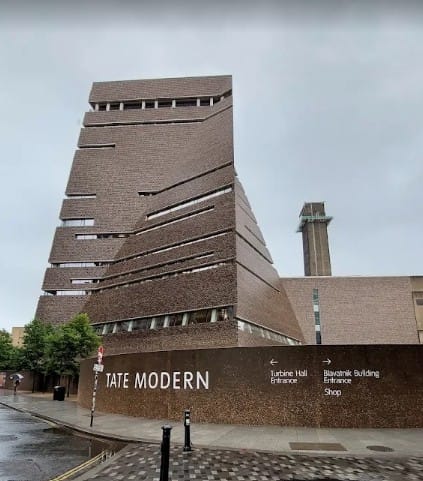
7. Musée d’Orsay – Paris, France
Located in a grand Beaux-Arts railway station, the Musée d’Orsay offers a visual feast of French art from 1848 to 1914, particularly focusing on Impressionism and Post-Impressionism.
Masterpieces to See:
- Starry Night Over the Rhône by Vincent van Gogh
- The Ballet Class by Edgar Degas
- Luncheon on the Grass by Édouard Manet
Its intimate curation makes it a must-visit for admirers of light, color, and emotional depth in painting.
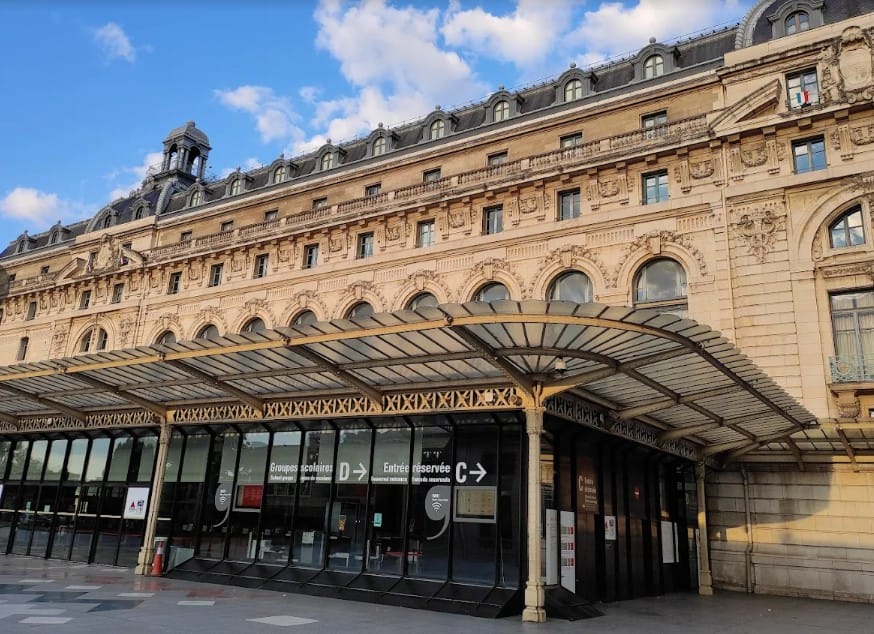
8. National Gallery – London, UK
With over 2,300 paintings dating from the mid-13th century to 1900, the National Gallery is a cornerstone of European art. Entry is free, making it one of the most accessible yet profound cultural experiences in the world.
Must-See Works:
- The Arnolfini Portrait by Jan van Eyck
- Sunflowers by Vincent van Gogh
- The Fighting Temeraire by J.M.W. Turner
It serves as a timeline of European painting, from the Middle Ages to the Victorian era.
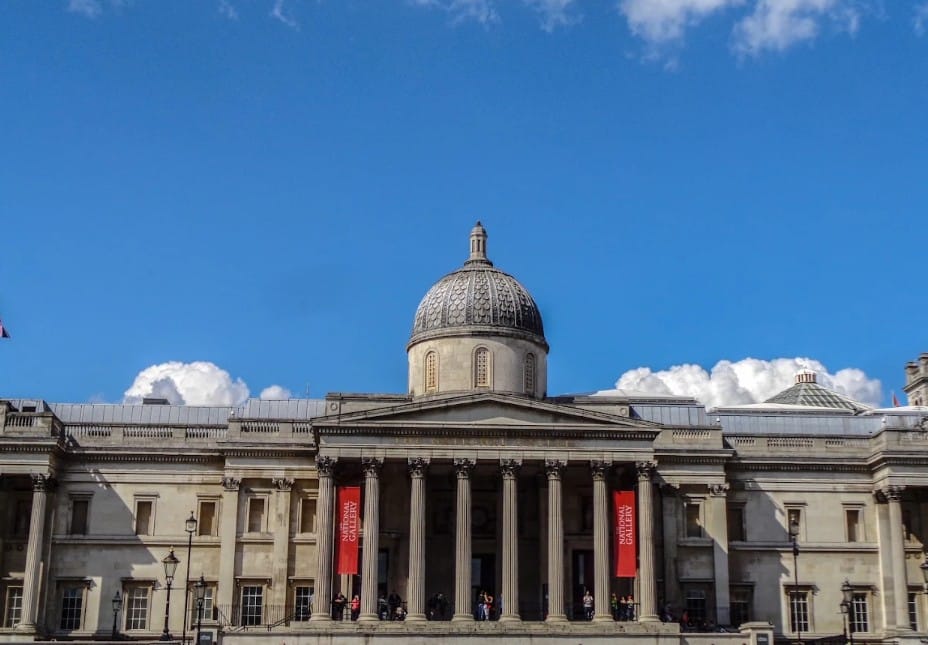
9. Rijksmuseum – Amsterdam, Netherlands
This Dutch treasure trove is home to over 8,000 works of art and historical artifacts, with a heavy focus on the Dutch Golden Age.
Art Highlights:
- The Night Watch by Rembrandt
- The Milkmaid by Johannes Vermeer
- Self-Portrait by Van Gogh
The Rijksmuseum also integrates decorative arts and historical artifacts into its exhibits, offering a complete cultural immersion.
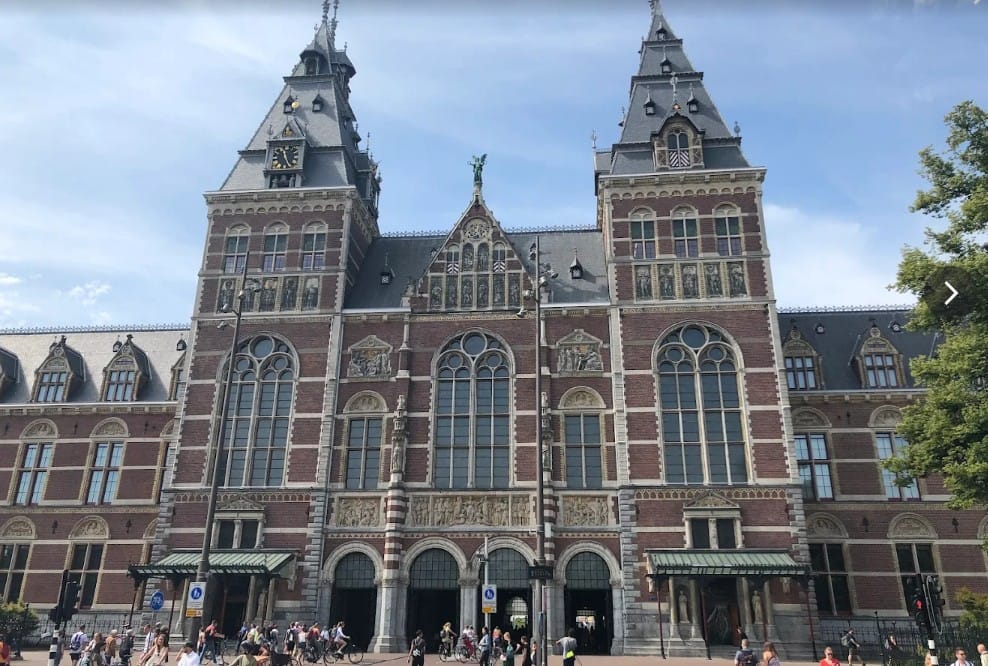
10. The Art Institute of Chicago – Chicago, USA
The Art Institute of Chicago is one of the oldest and most renowned art museums in the United States. Founded in 1879, it houses a collection of more than 300,000 works of art from around the world, spanning thousands of years and a wide range of artistic movements.
Notable Highlights:
- A Sunday Afternoon on the Island of La Grande Jatte by Georges Seurat
- Nighthawks by Edward Hopper
- The Bedroom by Vincent van Gogh
- Extensive holdings of Impressionist, Post-Impressionist, American, and Asian art
The museum is especially famous for its Impressionist collection, one of the finest outside of France, and for being a hub of both scholarly research and public engagement with the arts.
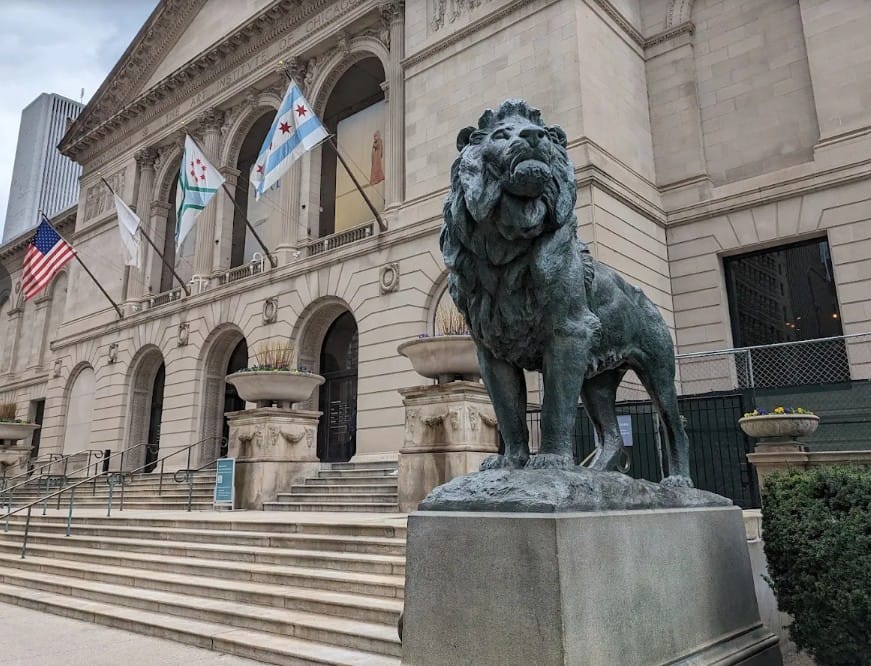
🔗 Visit the Art Institute of Chicago
Why These Galleries Matter
These galleries are more than just rooms with paintings. They are living archives of human expression, representing diverse eras, ideologies, geographies, and voices. They:
- Educate generations
- Inspire artists
- Preserve collective memory
- Promote cross-cultural understanding
In a world where digital art is rising, and boundaries are blurring, such institutions offer a tangible connection to the past—while platforms like ISKUSS help bridge the future.
Final Thoughts
Exploring the world’s most prestigious art galleries is like flipping through the chapters of human civilization. Whether you’re gazing at the delicate brushstrokes of a Botticelli, the bold splashes of a Pollock, or discovering contemporary gems at ISKUSS, the power of art lies in its ability to connect, challenge, and transform.
So next time you travel or browse online, consider diving into these timeless collections. Art is not just to be seen—it is to be experienced.
